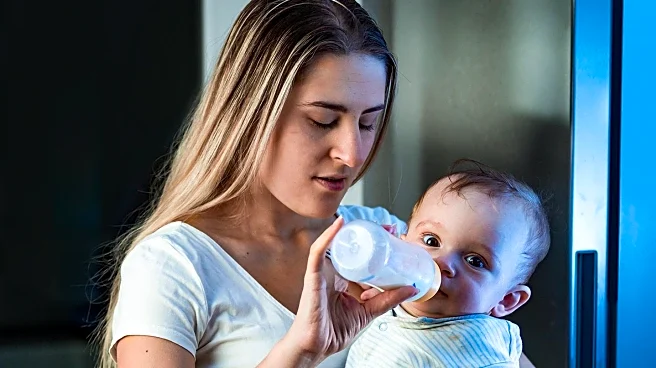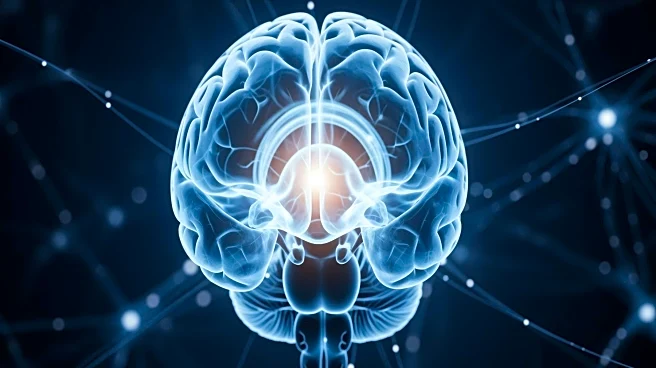What's Happening?
A study conducted by Scripps Research Institute has unveiled the molecular mechanisms by which the uterus senses and responds to physical forces during pregnancy and childbirth. The research highlights
the role of PIEZO1 and PIEZO2 proteins, which act as pressure sensors, facilitating coordinated uterine contractions. These proteins are crucial in translating physical stretch and pressure into electrical and chemical signals, ensuring rhythmic contractions necessary for childbirth. The study utilized mouse models to demonstrate the impact of these proteins on labor, showing that their absence leads to reduced uterine pressure and delayed delivery. The findings suggest that similar mechanisms may operate in humans, potentially explaining labor complications such as weak or irregular contractions.
Why It's Important?
Understanding the molecular basis of uterine contractions during childbirth is vital for improving maternal care and addressing labor complications. The identification of PIEZO1 and PIEZO2 proteins as key players in this process opens avenues for developing targeted treatments to manage labor more effectively. For instance, modulating PIEZO activity could lead to new methods for enhancing or dampening uterine contractions, offering potential solutions for preterm labor or stalled deliveries. This research also aligns with clinical observations regarding the effects of sensory nerve blocks on labor duration, providing a scientific basis for refining pain management strategies during childbirth.
What's Next?
The research team plans to explore how PIEZO signaling interacts with hormonal pathways that regulate pregnancy, particularly focusing on the role of progesterone in suppressing premature contractions. Future studies aim to identify sensory nerves that promote labor versus those that convey pain, potentially leading to more precise pain control methods that do not impede delivery. Additionally, the development of compounds that modulate PIEZO activity could revolutionize labor management, offering new therapeutic options for mothers at risk of preterm labor or experiencing stalled labor.
Beyond the Headlines
The study underscores the importance of force-sensing mechanisms beyond their known roles in touch and balance, highlighting their significance in childbirth. This research contributes to a deeper understanding of the biological processes underlying labor, paving the way for advancements in maternal healthcare. The findings also emphasize the intricate interplay between mechanical forces and hormonal cues in regulating uterine contractions, suggesting a complex system that ensures the timing and coordination necessary for successful delivery.











